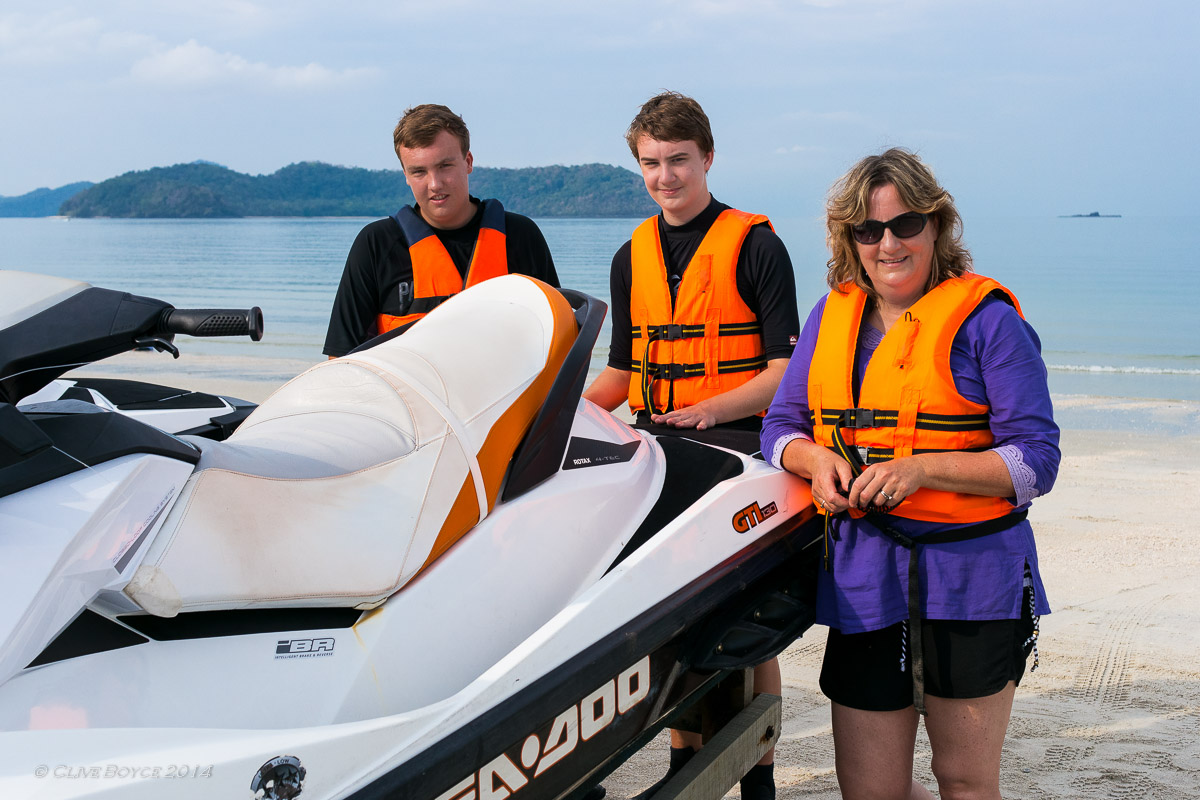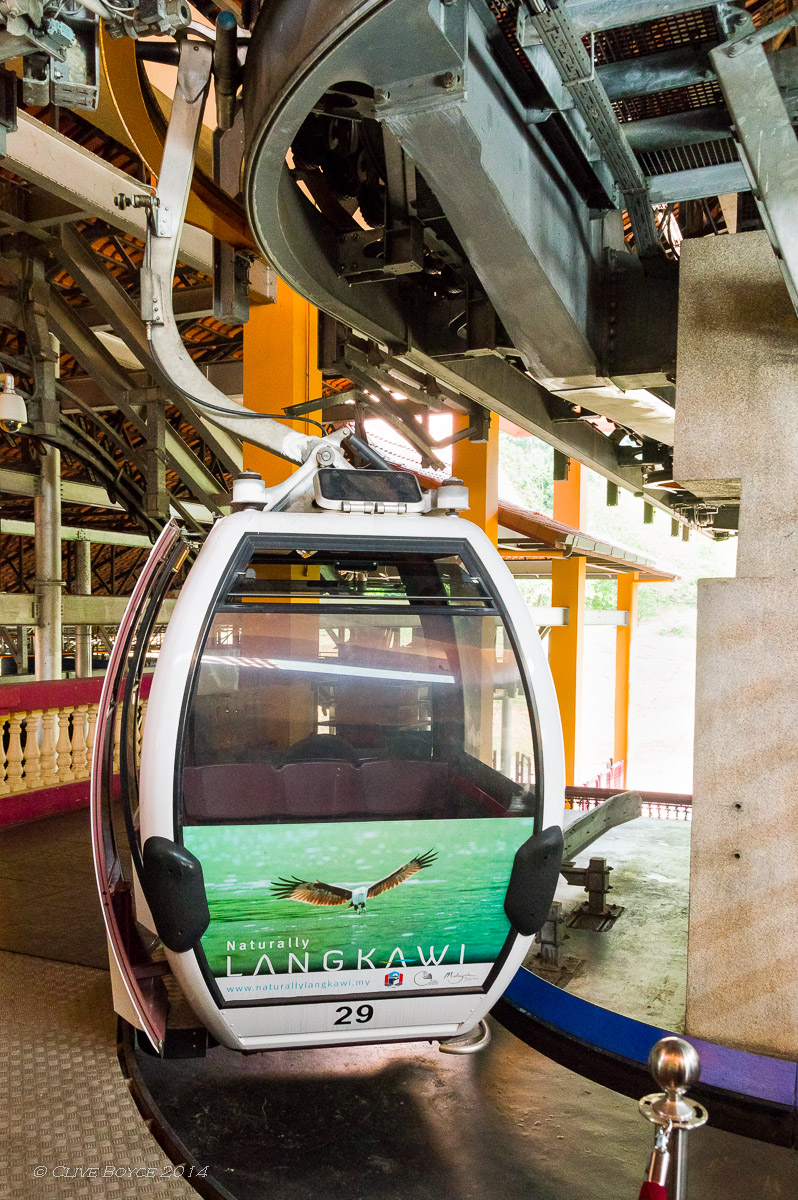Photo Morsels goes jet skiing to bring you this post featuring Langkawi’s Dayang Bunting Marble Geoforest.
Prior posts have introduced Langkawi and visited the Machinchang Cambrian Geoforest and Kilim Karst Geoforest Parks. These parks along with Dayang Bunting Marble Geoforest make up the three three major geopark sites on Langkawi.
Dayang Bunting Marble Geoforest is a collection of islands on the southern side of Langkawi and a popular day-tripping location by long boat. For the more adventurous, the area can also visited by guided jet ski tours which is what my family elected to do. We shared two jet skis between the four of us and set off with four other riders (also sharing two jet skis) plus our guide, a young Thai lad who, we discovered, had spent several years living in Melbourne, Australia before returning to Asia.
First up, I’ll quickly recycle a photos from the Gunung Machinchang post which shows off the general Dayang Bunting area.
This view from Gunung Machinchang’s summit overlooks the island of Dayang Bunting together with surrounding smaller islands. Dayang Bunting is the largest of the islands on the horizon slightly to the right of centre.
Departure point for the jet ski tour is Langkawi’s most popular beach, Pantai Cenang. I wasn’t ready for my near new dSLR to disappear into the Andaman Sea, so for this trip, the Pentax gear was left back at the hotel and my smaller Samsung NX 1000 camera with its 30mm F2 prime lens was pressed into service.





